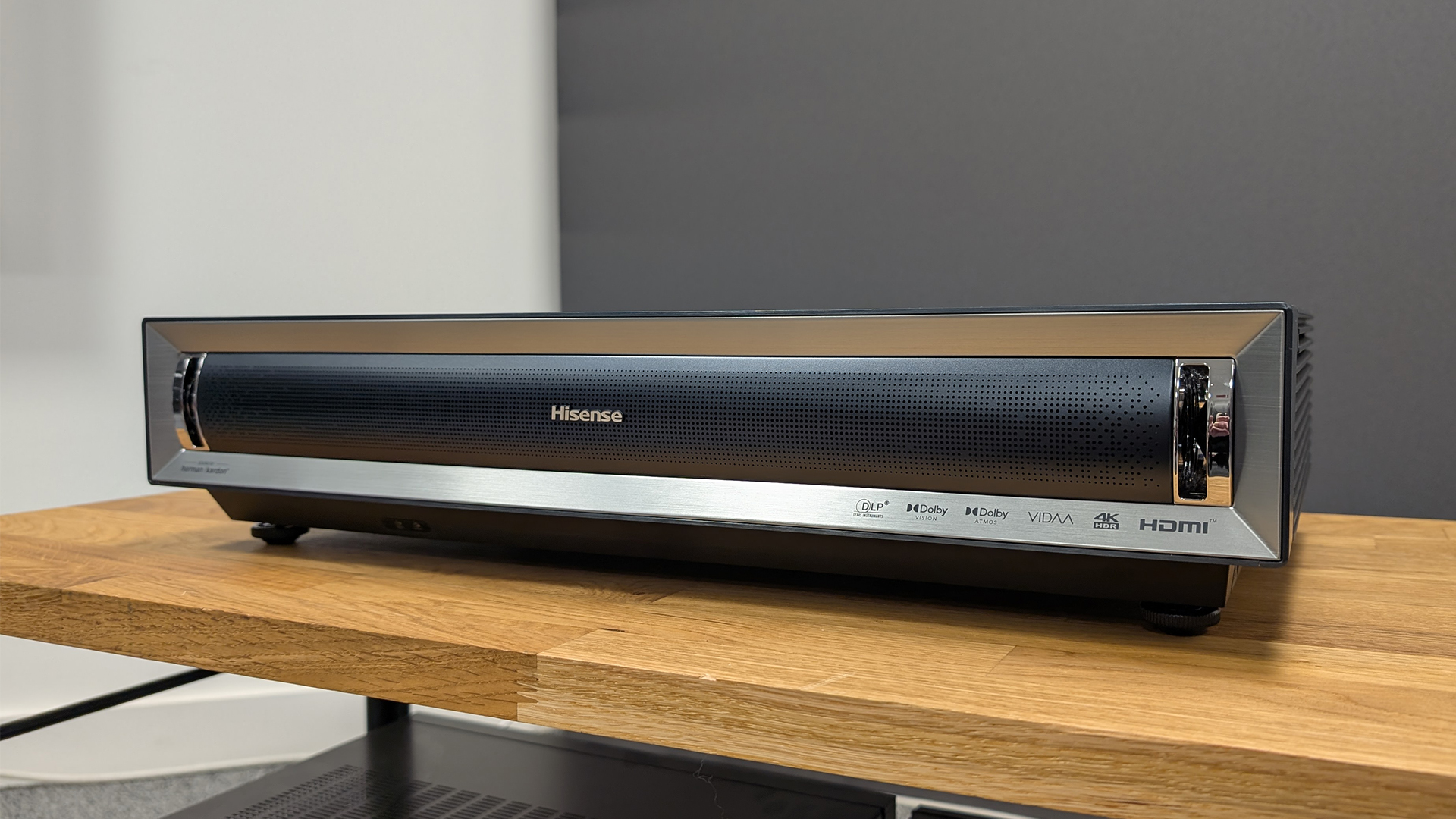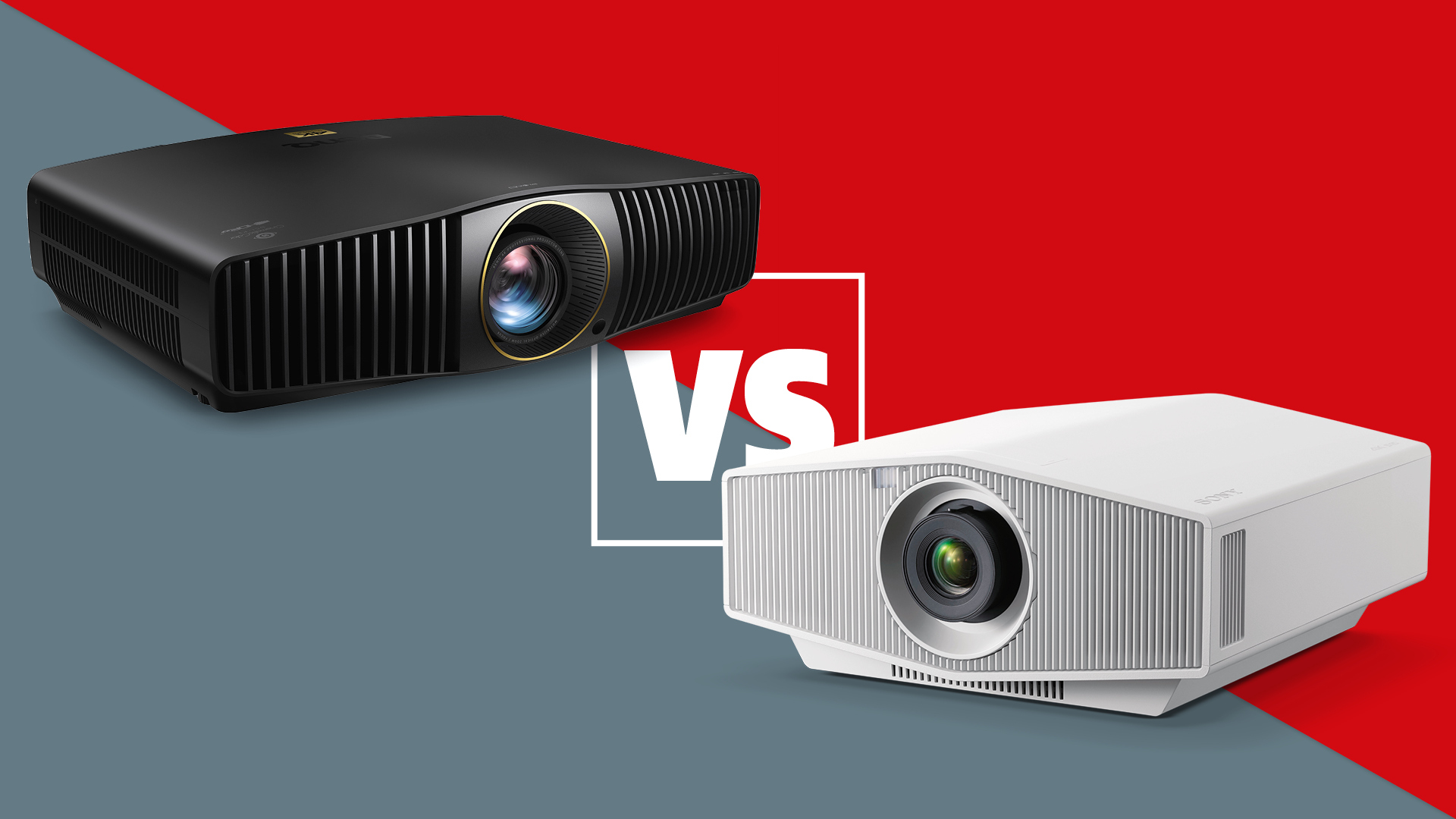What Hi-Fi? Verdict
The PX3 is a good UST projector, especially for gamers, but there are better value rivals available
Pros
- +
Punchy colours
- +
High peak brightness
- +
Excellent gaming features
Cons
- -
Some black crush
- -
Middling audio
- -
Inconsistent light control
Why you can trust What Hi-Fi?
If you’re one of the growing sea of people looking to take the ultra-short-throw projector (UST) plunge, a unit from Hisense may well be on your shopping list; and for good reason.
The Chinese tech giant’s recent offerings have impressed our testers enough over the past year or so to earn positive reviews and cement its lead in the space..
And, having tested the Hisense PX3, we are pleased to report that this trend, for the most part, continues – though there are some caveats, including its slightly odd positioning in Hisense’s current “Laser Cinema” line.
Price
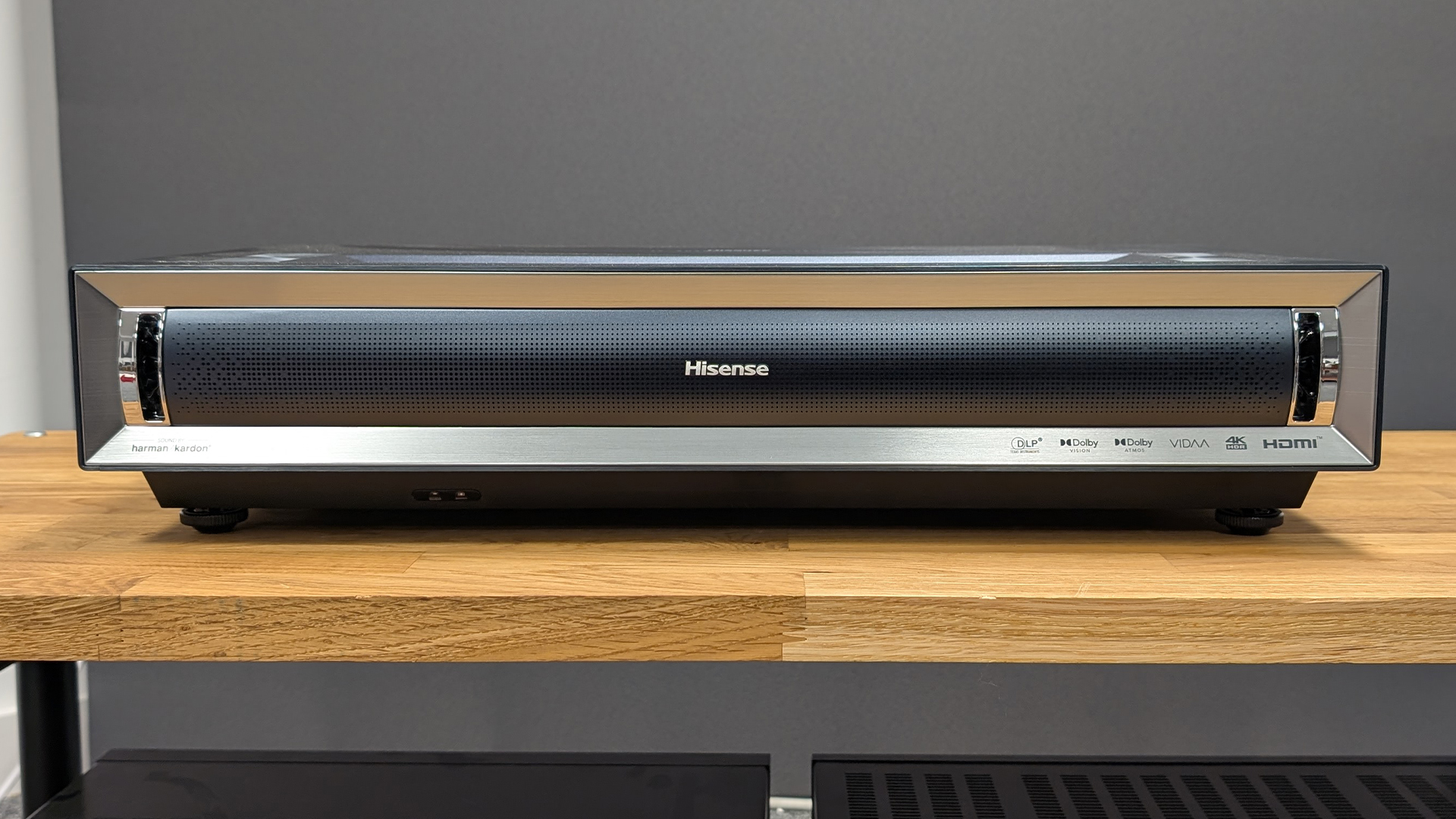
The company’s “Laser Cinema” category of UST projectors, where you'll find the PX3, sits above its cheaper “Laser TV” options.
This means it targets the upper echelons of UST projectors as a category and has a price tag to match, currently retailing for £2499 in the UK. At the time of publishing, the unit was not on sale in the US or Australia.
In isolation, that’s pretty reasonable, with rivals we’ve tested including the Epson EH-LS650 retailing for around £2199. But oddly, it costs the same as its Award-winning sibling, the Hisense PX3 Pro.
The lack of differentiation is odd, but there is partial reasoning for this, specifically that the base PX3 is, for the most part, identical to its Pro-series sibling.
The latest hi-fi, home cinema and tech news, reviews, buying advice and deals, direct to your inbox.
The bigger spanner in the works is the existence of the Hisense PL2, which costs less, retailing for £1999 / $2499 and has fairly competitive specifications with the PX3.
Build
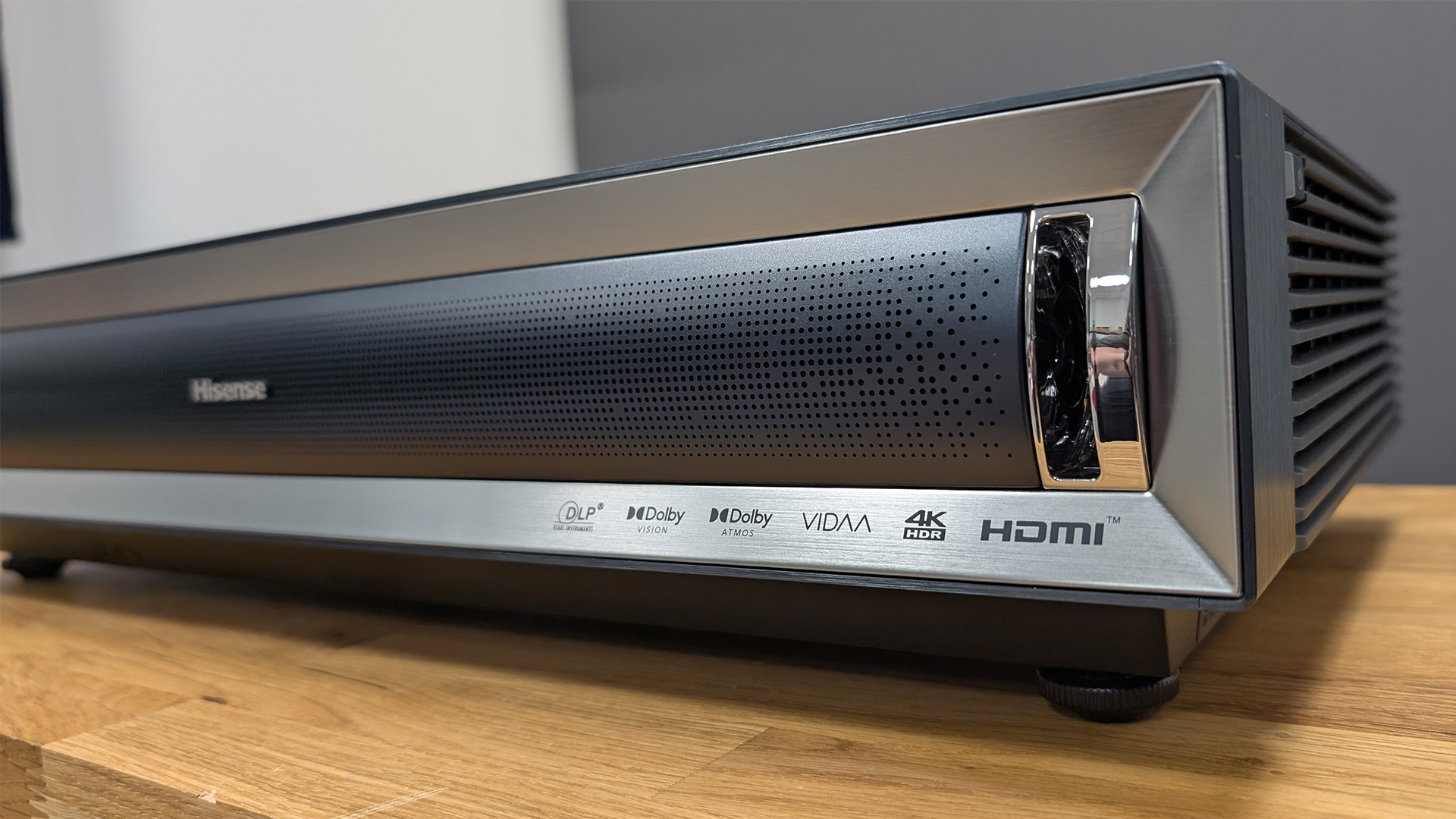
The PX3 and PX3 Pro projectors look identical. To the extent that we had to check the serial numbers on our review units several times before swapping them in and out during testing.
Both have utilitarian designs with angular grey metallic finishes and a slightly aggressive-looking metal front grille. This houses the units’ identical inbuilt 50-watts per channel Harmon Kardon speakers.
The PX3 is also atypically long and shallow, measuring the same 12 x 55 x 30cm as the Pro. This is intentional and means the unit has a very short 0:22:1 throw ratio that lets it sit incredibly close to a wall and throw up an 80-150-inch image.

Resolution 4K (3840 x 2160)
HDR Dolby Vision, HDR10+, HDR10, HLG
Light source Trichroma RGB laser light
Operating system VIDAA U7
Picture size 80-150 inches
Contrast 3,000:1
Brightness 2800 ANSI Lumens
HDMI 2 x HDMI 2.1, 1 x HDMI 2.0 with eARC
The short throw distance should make setting the PX3 up relatively simple and let it sit neatly on smaller cabinets and tighter spaces than many rivals, which tend to need a bit more space.
But in the real world we find its set-up is still a little finicky. Like nearly all the ultra short throw projectors we test, the PX3 doesn’t feature physical lens control. Instead, it tries to initially force you to rely on keystone and digital picture correction.
The fiddly process asks you to set the unit up by taking a photo of a projected test pattern and then uploading it to Hisense’s website.
The process is not seamless and even after numerous attempts we still found ourselves having to fiddle with the adjustable feet and make manual adjustments to get it just right.
Be warned, this process is far easier if you have a partner in crime who can help tell you how it looks at a decent distance while you play with the feet and general positioning.
The other common compromise you get is that the unit doesn’t come bundled with a screen, which you really do need if you want the best results – trust us, no matter how good a projector is, you’ll never get truly brilliant results running directly onto reflective, painted walls.
The remote is identical to Hisense’s other standard UST and home cinema projector models. This means it’s a long chunky beast with a solar panel light sensor built in that’s designed to prolong battery life.
The design is fine, but once again lacks a full backlight, which is a minor but common issue we experience with most home cinema hardware.
Features
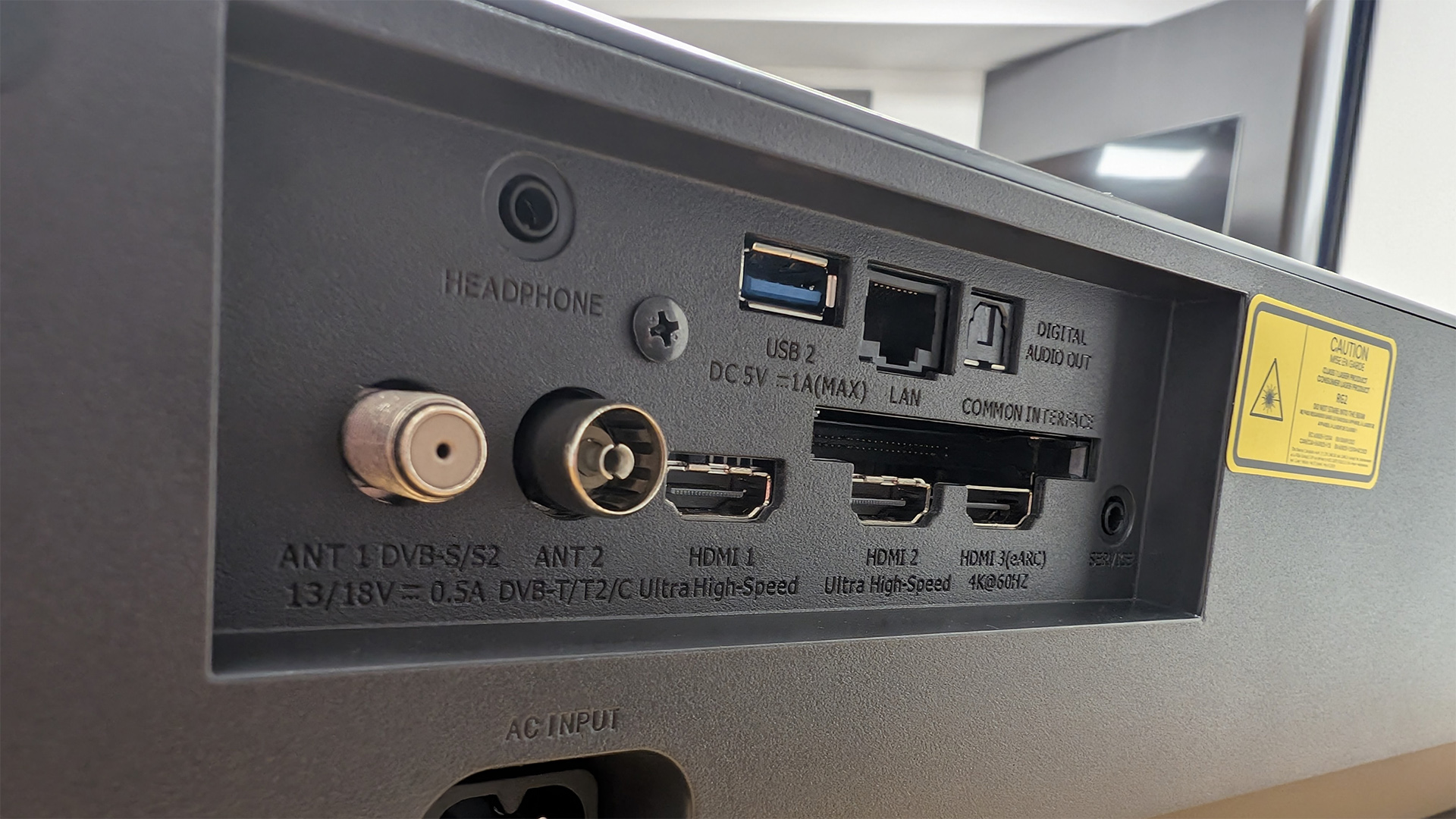
If you’re wondering what differentiates the PX3 from the Pro, after thorough testing, hours of going through its specifications sheets, instructions manual and having a conversation with Hisense, we can confirm there are three things.
First, the PX3 doesn’t have IMAX Enhanced or DTS support like its Pro sibling. This will be an annoyance for Disney+ subscribers, where you can stream content mastered to that standard.
Thanks to the unit's support for the more common HDR10, Dolby Vision and HLG formats, it's not a deal breaker, however.
The inclusion of HDR10+ will also benefit Amazon Prime Video, Netflix, Apple TV+ and, in the future, Disney+ subscribers. This is a tweaked variant of HDR10 that offers frame-by-frame brightness and colour correction for HDR images.
Second, it offers 200 ANSI lumens less brightness than the Pro. Specifically, 2800 lumens to the Pro’s 3000.
Outside of this, it features the same 3000:1 contrast ratio, 110 per cent coverage of the BT.2020 color space and quoted 25,000-plus hours of light source life.
The firm’s Trichroma RGB laser light tech also returns, which uses separate red, green and blue lasers to project images, in a bid to offer a wider and more accurate gamut of colours.
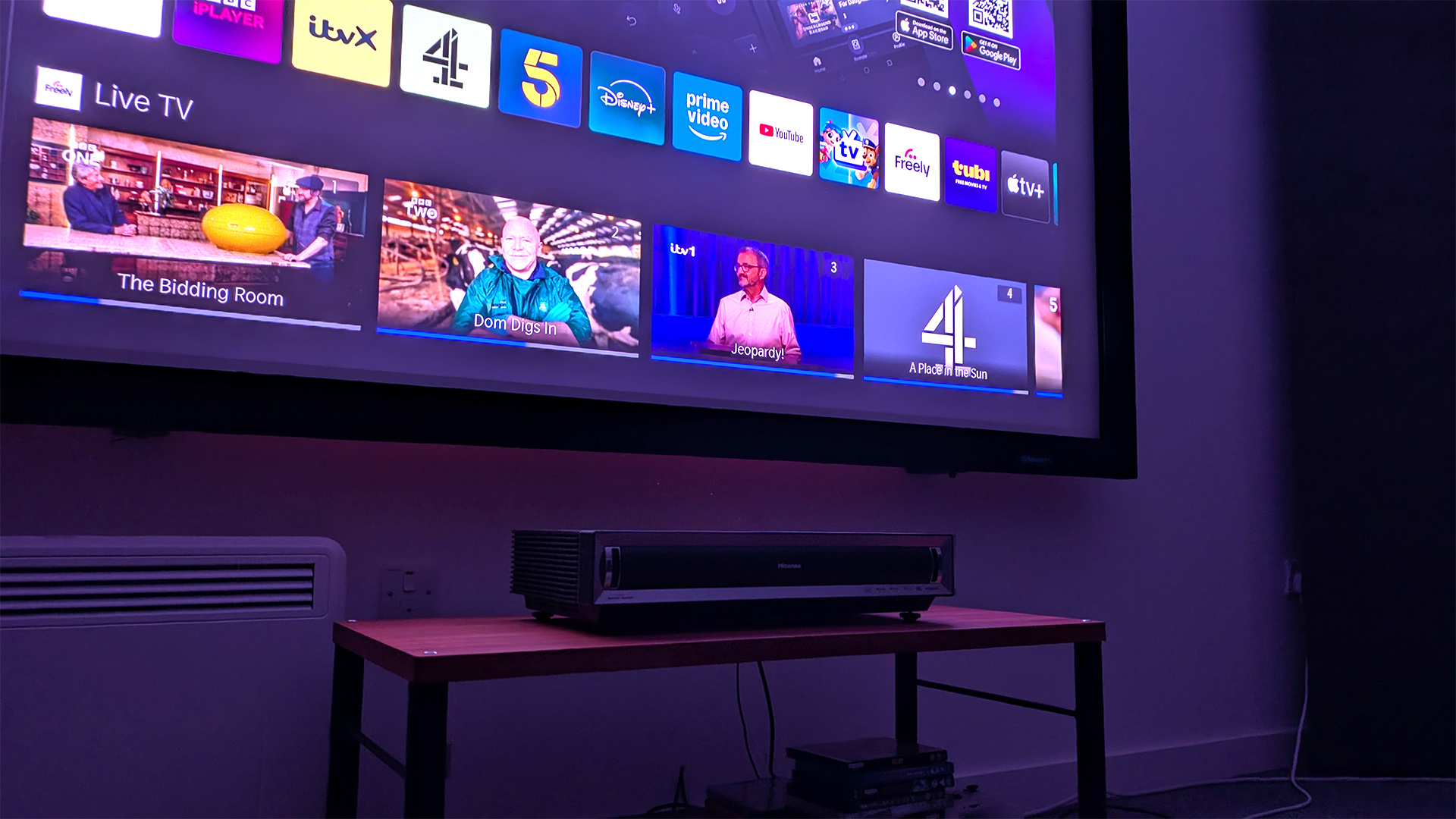
These are top-end specifications. As a frame of reference, the Hisense PL2 Laser TV sitting below the PX3 line offers 2700 lumens of brightness. The older PL1, which we still recommend as it has been heavily discounted and still performs excellently, has an even lower 2100 ANSI lumens peak brightness.
The only other difference is that the PX3 has an inbuilt TV tuner to complement its VIDAA operating system. This means you can tune it and use it to play normal terrestrial TV as well as stream via its inbuilt apps.
VIDAA itself remains a good, albeit slightly clunky OS. Though its interface is a little less optimised than Google TV and the like, app support is solid.
All the usual suspects, including Netflix, Disney+, Amazon Prime Video and Apple TV+ are present and stream correctly. In the UK, there’s also a decent selection of UK catch-up apps and local services, including BBC iPlayer and Now.
Outside of this, the PX3 Pro offers identical specifications to the Pro model – which is no bad thing.
The UST is being pitched at gamers with rare ‘made for Xbox Series consoles' certification. What this means is that, unlike many USTs, the unit’s two HDMI 2.1 inputs can handle games at 4K/120Hz.
These are complemented by an HDMI 2.0 output with eARC, plus a USB-A and 3.5mm audio output and ethernet – though its Wi-Fi 6 connectivity means you shouldn’t need the final input to stream.
Picture
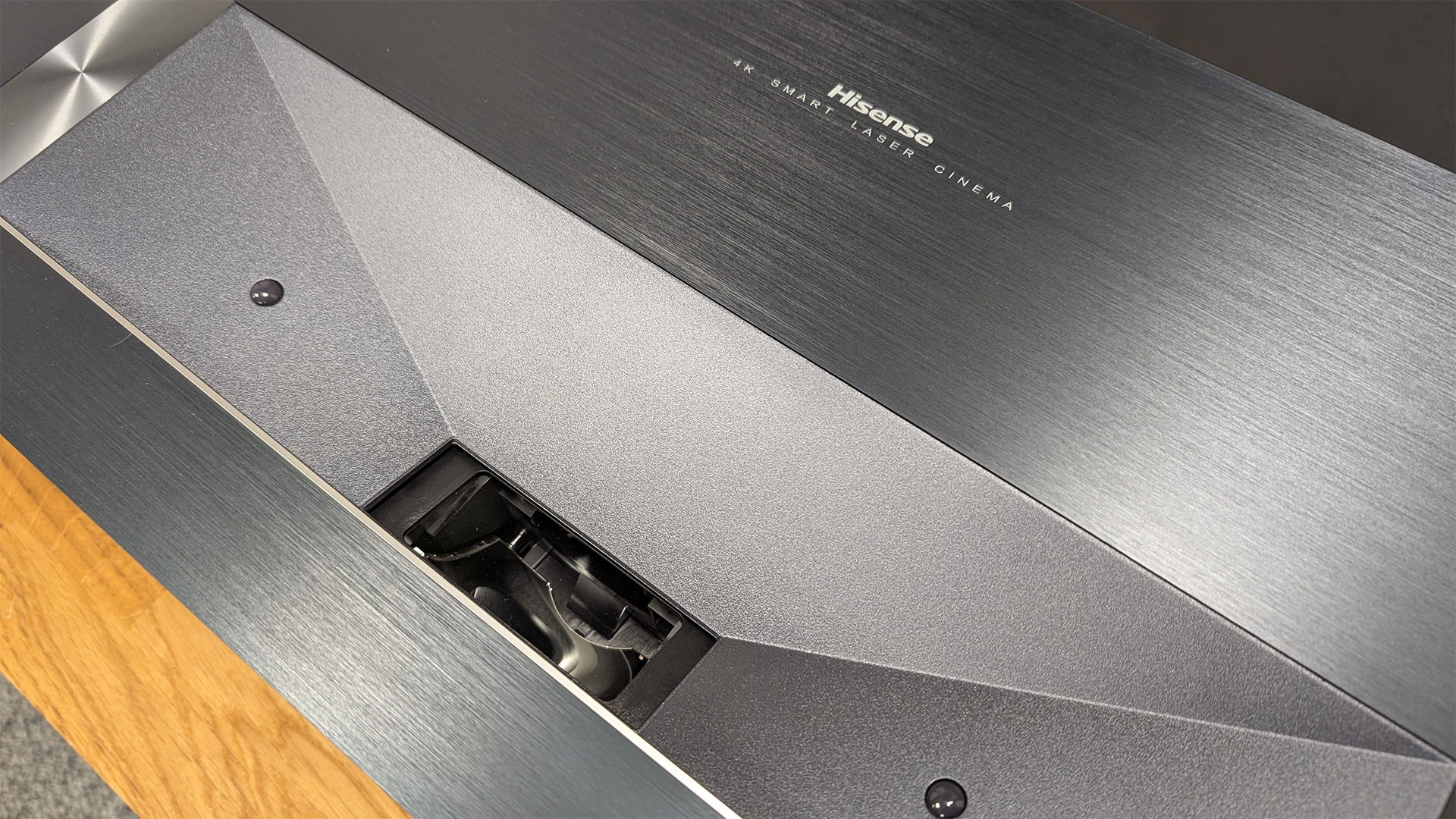
The PX3 delivers a very similar picture to the PX3 Pro when we run the two head-to-head. Interestingly, we find slightly different settings from those available with its sibling get the most out of it, thanks to some performance-related software updates to VIDAA.
Powering up our Top Gun: Maverick 4K Blu-ray, the PX3’s standard setting’s motion handling is way too aggressive, and the picture verges on suffering from the dreaded soap opera effect. The contrast is a little too heavy-handed, too, and swathes of detail as Maverick exits a dark caravan come out as completely black.
Playing with the settings, the Filmmaker mode offers the best starting point, but still requires some finessing. With all motion and noise reduction off, movements look a little too jagged and the colours have an overt yellowish tone.
Using the projector’s “dark detail” setting you can undeniably see more of the picture, but black tones become inconsistent and become a constant distraction as they flip up and down from scene-to-scene.
Eventually we settle on Filmmaker mode with dynamic tone mapping on, the colour profile set to Warm 2 and the projector’s motion and noise reduction settings on low to get the best results.
Switching to our Dune: Part 2 4K Blu-ray, the PX3 delivers an admirable performance. Skin tones have a pleasing warmth and the rolling desert dunes look three-dimensional, with every shadow and sparkling grain of sand holding a distinct place. Explosions have an aggressive peak that makes the action-packed scene come alive and immerse you in the action unfolding on screen.
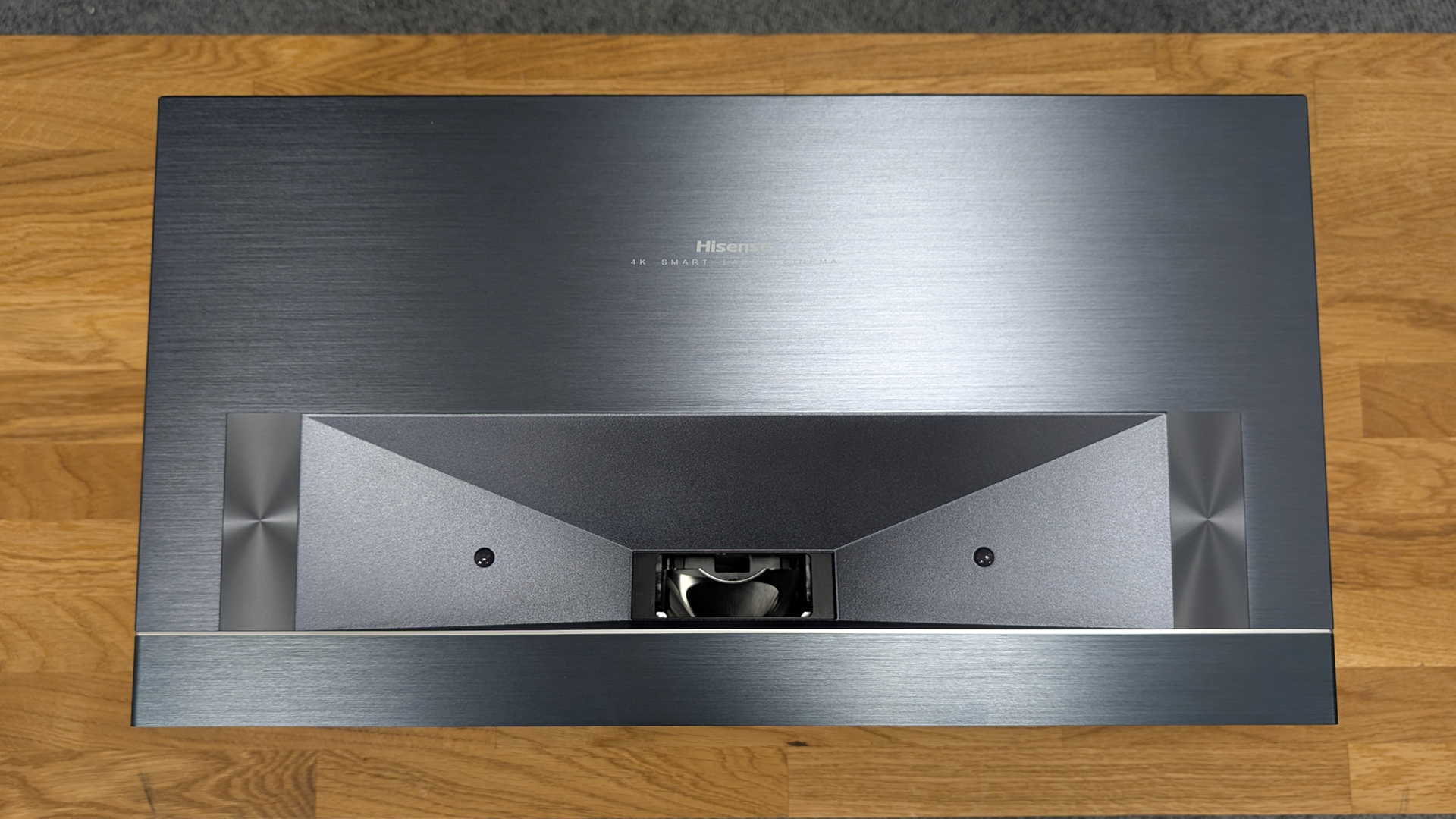
This is even more noticeably watching Barbie, where the intentionally cartoony, overbaked colour palette has a vibrancy and pop you won’t find on cheaper USTs, the Hisense PL2 included. The PX3 does a decent job, never pushing too hard and looking overbaked, as happens on the Xgimi Aura 2.
Moving to our tried and tested Blade Runner 2049 test disc, the projector offers a solid performance, for the most part. The upgraded Trichroma RGB laser light source gives colours a pleasing pop you don’t get on most USTs.
The red gloves of Sapper Morton’s hazmat suit in particular hold a captivating vibrancy as he works his farm.
Skin tones as he enters the dark farmhouse retain a sense of warmth and three dimensionality, with his cheeks retaining their intended red tinge. In most instances, the PX3 does a stellar job showcasing peaks, with there being a pleasing range of tones and colours from the darkest and lightest parts of the picture.
This gives the picture a wonderfully three-dimensional feeling. Objects and characters hold a distinct place in the picture, adding a sense of depth and realism that cheaper USTs can’t match.
But there are some issues. The projector struggles to rapidly shift between bright and dark segments. On a couple of occasions, the entire picture shifts from the UST’s standard deep blacks to a slightly grey tone, causing unnecessary distraction in the process.
This is annoying as the issue doesn’t repeat on the cheaper Hisense PL2 which, while more subdued, offers a more consistent picture.
This is a general trend that makes the PX3 and PX3 Pro both a harder sell in today’s market, given the difference in price and smaller performance gap.
The PX3’s motion handling suffers from some issues, too. When turned completely off, the movements of Morton and K during a heated exchange in Blade Runner 2049 feel too jagged and unnatural. But when we switch to Low or Filmmaker, things go too far the other way and the throws and punches are oversmoothed. We’d like a middle ground between the two.
SDR upscaling is also average at best. The PX3 struggles with the opening scene of True Grit, a famously difficult SDR test disc due to the film’s intentionally grainy spaghetti western nature, with the black level occasionally jumping and artefacts creeping into the falling snow.
Thankfully, the issue only occurs in difficult scenes. The projector does an admirable job streaming the original Total Recall on Netflix, offering a fun picture that deals surprisingly well with the film’s old-school physical effects and red, dusty environments.
Sound
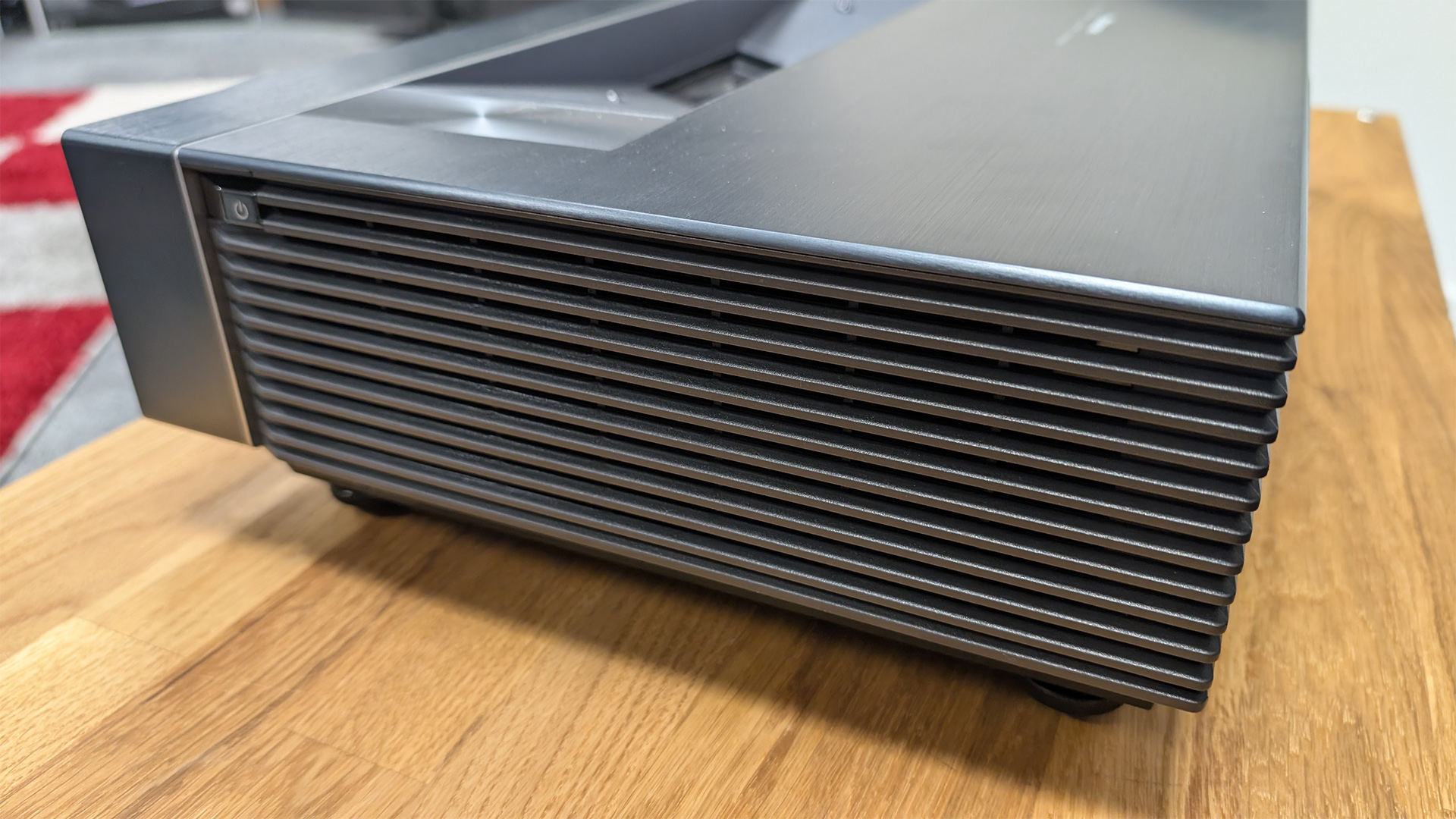
The PX3’s built-in sound system is identical to the Pro model’s, outside of its lack of DTS support. Its performance is similarly middling as a result.
Voices and background noise in the opening scene of Blade Runner 2049 are clear, but slightly thin. The bass-heavy second scene pushes the system to its limit, and distortion creeps in and the low end overpowers the mid and higher parts of the frequency range.
Switching from Standard to Theatre mode, things marginally improve. During a difficult scene in which K converses with a hologram moving around his apartment, there’s more of a sense of separation between the different parts of the audio. But the directionality lacks finesse.
This becomes even more apparent watching Top Gun: Maverick. There’s a definite sense of direction, and even some height, to the audio, but it doesn’t quite match the movements of the planes, making the experience feel disjointed.
There’s a slight acidity to some engine noise that is just unpleasant enough to make you wince during certain segments as well.
The end result is a system that is just about fine for casual TV streaming, but nowhere near controlled and powerful enough for serious film viewing. If you want the best results, you will want to budget for a separate sound system, if you don’t already have one.
Verdict
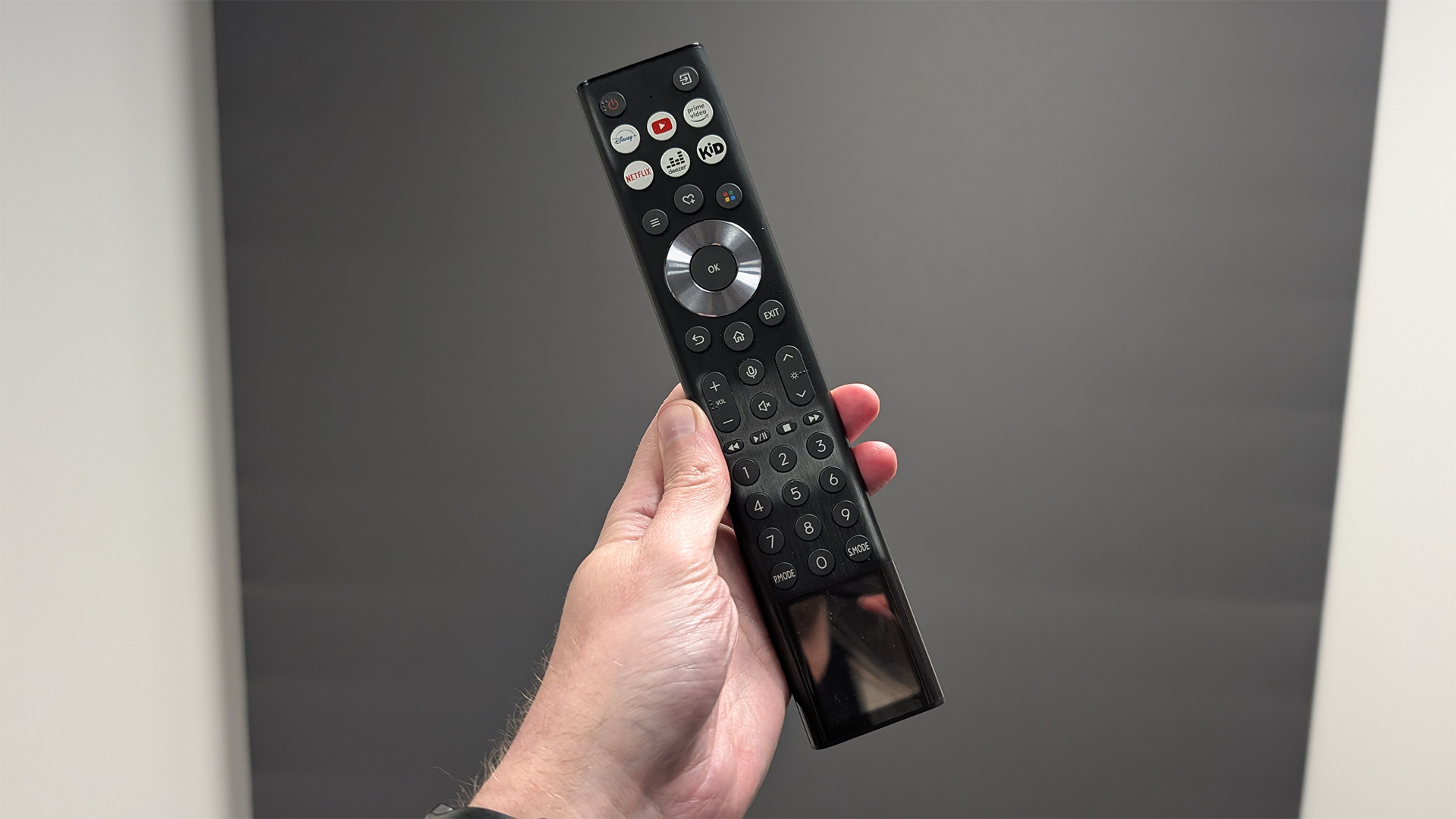
The PX3 is an odd UST that in most ways is identical to the PX3 Pro we reviewed and gave five-stars to last year. And if we’d reviewed it at the same time as its Pro sibling, it would have been an easier recommendation despite its lack of IMAX Enhanced and DTS support.
Colour volume and vibrancy are solid by UST standards, and outside of quirks with its motion handling and light control, it can deliver dazzling results playing films.
But in 2025, the existence of the cheaper Hisense PL2, which narrows the gap between the PX and PL series like never before, makes it a harder sell. As a result, it is a fantastic UST projector for gamers and a good, though not perfect, option for movie fans.
SCORES
- Picture 4
- Sound 3
- Features 5
MORE:
Read our review of the Hisense PL2
Also consider the Xgimi Aura 2
Read our Hisense PX3 Pro review
Best projectors: budget, 4K and ultra-short-throw

Alastair is What Hi-Fi?’s editor in chief. He has well over a decade’s experience as a journalist working in both B2C and B2B press. During this time he’s covered everything from the launch of the first Amazon Echo to government cyber security policy. Prior to joining What Hi-Fi? he served as Trusted Reviews’ editor-in-chief. Outside of tech, he has a Masters from King’s College London in Ethics and the Philosophy of Religion, is an enthusiastic, but untalented, guitar player and runs a webcomic in his spare time.
- Lewis EmpsonSenior Staff Writer
You must confirm your public display name before commenting
Please logout and then login again, you will then be prompted to enter your display name.
